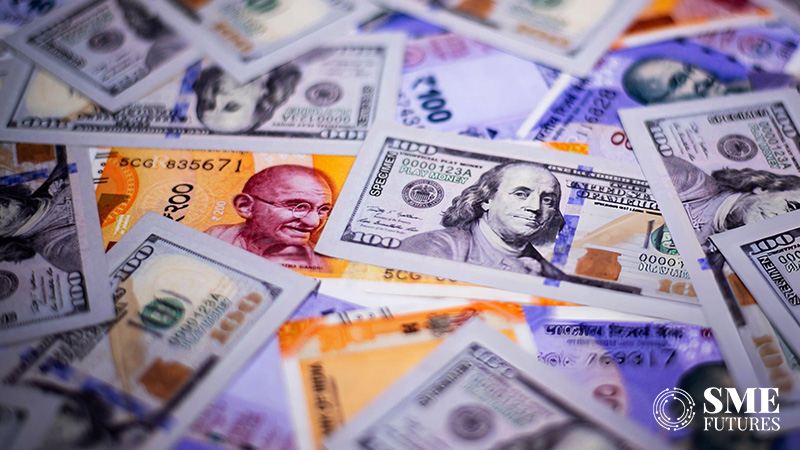In a notable economic development, India’s current account deficit (CAD) has demonstrated a significant narrowing in the July-September quarter of the current financial year. According to the Reserve Bank of India (RBI), this encouraging trend is attributed to a lower merchandise trade deficit coupled with a boost in services exports.
The CAD for the second quarter of 2023-24 has been reported at $8.3 billion, accounting for 1 per cent of the Gross Domestic Product (GDP). This marks a notable improvement from the preceding quarter, where the CAD stood at $9.2 billion, equivalent to 1.1 per cent of the GDP. Importantly, this positive shift is even more pronounced when compared to the same quarter in the previous year when the CAD was at a considerably higher $30.9 billion, constituting 3.8 per cent of the GDP.
One of the key contributors to this impressive reduction in the CAD is the noteworthy narrowing of the merchandise trade deficit, which decreased from $78.3 billion in the year-ago quarter to $61 billion in the current quarter. A pivotal factor in this decline is the reduction in the country’s oil import bill, driven by a drop in crude prices during the same period.
The RBI’s statement highlights the growth of services exports by 4.2 per cent on a year-on-year basis, primarily fuelled by the increased exports of software, business, and travel services. Net services receipts demonstrated growth both sequentially and on a year-on-year basis, contributing significantly to the positive economic indicator.
Private transfer receipts, mainly comprising remittances by Indians employed overseas, played a substantial role in the overall economic landscape, amounting to $28.1 billion. This represents an increase of 2.6 per cent from the corresponding period in the previous year, reflecting the resilience and strength of remittance inflows.
Additionally, Non-Resident Indian (NRI) deposits exhibited a favourable trend, recording a net inflow of $3.2 billion during the second quarter of the current financial year. This compares favourably to the net inflow of $2.5 billion in the same quarter of the previous financial year, signalling a positive sentiment among the NRI community.
A noteworthy aspect of this economic report is the accretion of foreign exchange reserves, amounting to $2.5 billion in Q2: 2023-24. This marks a stark contrast to the depletion of reserves, which amounted to $30.4 billion in the same quarter of the previous financial year.
The narrowing of India’s current account deficit in the July-September quarter is a testament to the positive impacts of strategic economic measures. The decline in the merchandise trade deficit, robust services exports, resilient remittances, and favourable NRI deposits have collectively contributed to this encouraging trend. As India navigates its economic trajectory, these indicators provide optimism for sustained growth and stability in the coming quarters.











